Teaching the New Tools of Monetary Policy
Resources for teaching the Fed's monetary policy tools in an ample-reserves framework.
{{searchResultSnippet}}
 Back to All
Back to All
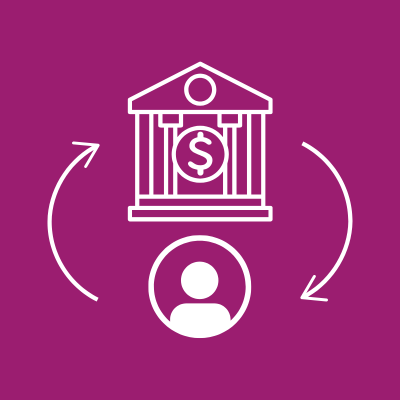
In this video, Ben Bernanke, Chairman of the Board of Governors of the Federal Reserve System (2006-2014), explains how important the Fed's independence is to the health of our economy.
History shows that one of the best things you can do to create a strong stable economy is to have strong central bank which is independent of political pressures. Central banks that are not independent that are subject to short-term political pressures are going to make short-term decisions that aren't the best for the economy. If you have though the freedom from those short-term pressures, then you can make decisions based on the longer-term interest of the economy, and you're much more likely to maintain low and stable inflation; you're much more likely to maintain a healthy growing economy. There's an enormous amount of evidence that shows that countries with strong central banks that are free from short-term political pressures, get better results and help the economy be more stable, keep inflation low, and help economic growth.

Teaching the New Tools of Monetary Policy
Resources for teaching the Fed's monetary policy tools in an ample-reserves framework.
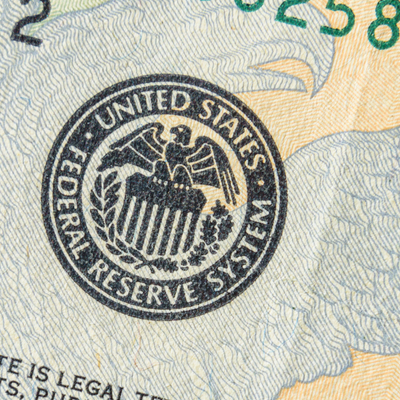
Making Sense of the Federal Reserve
Introduce the structure of the Federal Reserve and the basics of monetary policy.

Fiscal & Monetary Policy
Define fiscal and monetary policy and highlight their differences.

Lecture Guide: How the Federal Reserve Implements Monetary Policy
This lesson teaches how the Federal Open Market Committee (FOMC) conducts monetary policy.
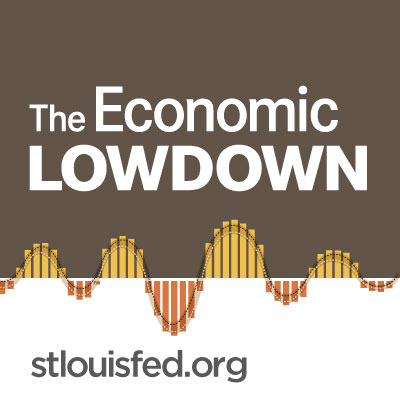
Econ Lowdown Podcast Series
21 Economics audio assignments for your classroom
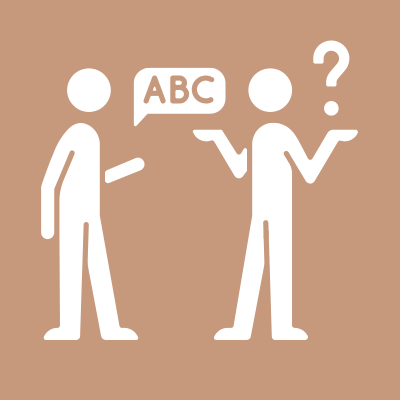
Jargon Alert: Helicopter Money
Learn about a tool to stimulate economies and fight deflationary pressures.
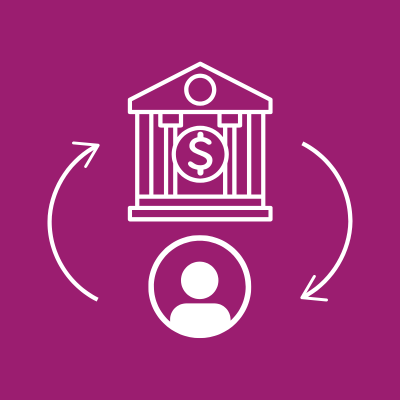
Boom Times and Bubbles: The Internet Age
Learn about the Monetary Control Act of 1980.

Central Banking
Learn the basics parts a central bank.

Creation of the Federal Reserve
Learn about banking panics, recessions, and depressions in the U.S. during the 1800s.

Inflation, Deflation, and Disinflation
Learn the differences between inflation, deflation, and disinflation.

Inflation, the Fed, and You
Learn what causes inflation.

Introduction to the Federal Reserve
Introduce the Fed’s three main functions.

Monetary Policy Fed and You
See how the Fed conducts monetary policy.

Money Versus Barter
Learn how money solves problems created by barter systems.

Price Stability
Learn the importance of price stability.

Stagflation in the 1970s
How did Federal Reserve Chairman Paul Volcker contain inflation, spurred economic growth, and reduced unemployment?
{{resourceTitle}}
{{resourceBlurb}}